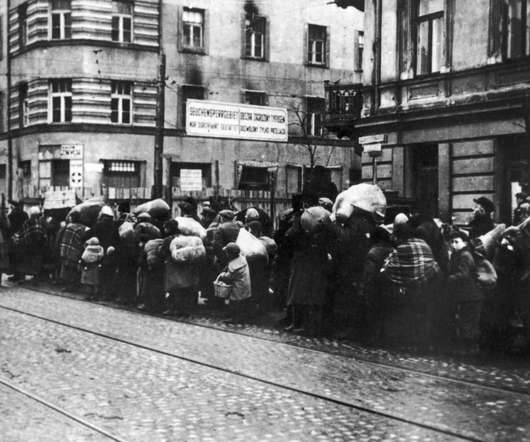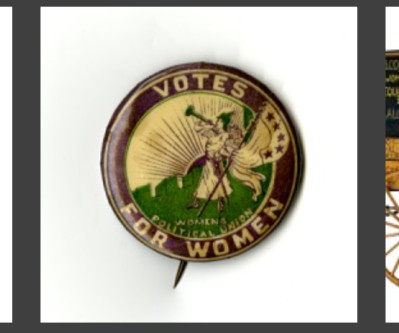Throwback Thursday: Primary sources and personal stories = awesome sauce
History Tech
OCTOBER 10, 2024
I got the chance this week to chat a bit with my kids – both now in Minnesota. And during the convo with the youngest, we ended up talking about a letter written by a Norwegian ski instructor in 1943. The guy was teaching US and Canadian special ops guys to ski as part of […]












Let's personalize your content